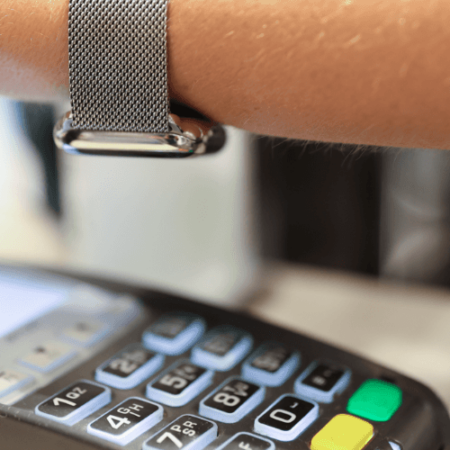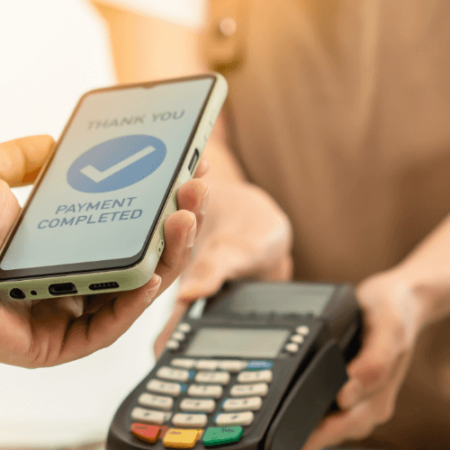
In the past, consumers who wanted to use the mobile payment system pushed by one of the best-known tech companies in the world might have been locked out because of their lenders’ lack of participation. But since that changed a few weeks ago, adoption has taken off for the platform.
Google Wallet has seen the number of people using it increase by more than 100 percent in the last six weeks, ever since the decision to broaden the number of participating lenders came down, according to Google Commerce, the segment of the tech giant that oversees the mobile payment platform. Now, Google Wallet supports all debit and credit cards issued in the U.S., rather than just those from Discover, as it had in the past.
Further innovation for connecting accounts
Already, Google is trying to think of new ways to make adding credit and debit card accounts to its Wallet mobile payment platform easier and more convenient for consumers, the report said. As such, it recently developed its new Save to Wallet API for Payment Cards. This allows credit card issuers to add a small button to their site that allows consumers who have logged into their accounts to add them to the Google Wallet app with just a few clicks.
Once they have logged into both their credit card website and their Google account, as they would to check their documents or Gmail, for instance, the report said. When they have done so, their associated credit or debit card will be able to be added to the system with relative ease, and with the added security of not having to enter the information listed on their cards, such as the number or three-digit security code on the back, directly into the Google Wallet app itself.
However, there are currently only two major U.S. lenders participating in this Save to Wallet API initiative, the report said. The first is Discover, which was also the first to participate in Google Wallet overall, and the other is Barclaycard US, though only its co-branded retail cards issued by L.L. Bean and US Airways at the moment.
Increased security as well
Meanwhile, Google also introduced a new feature that consumers could find both fun and more secure, the report said. Lenders are now being given the option to provide the company with art for the card images that show up in the app itself.
This allows users to customize the way their cards look within Google Wallet, and therefore allow them to more easily identify if anything has gone awry in the process of adding the account. For instance, if the image they see on their smartphone doesn’t match the one they believe they chose when signing up, it could be a sign that they need to go back and fix something in the process.
As with use of the Save to Wallet API, relatively few card issuers have actually begun to submit card art (only Barclaycard US, Green Dot, and Silicon Valley Bank have done so to this point) but it’s very likely that more will in the near future, the report said. In fact, Google is making it easier for smaller lenders to begin doing so by partnering with the credit union service PSCU to help ease the transition to the new kind of payment platform.
Potential hurdles still remain
Though Google Wallet now allows consumers with debit and credit cards from any issuer to join the process, there may still be an obstacle that adding more lenders cannot overcome. Google Wallet is only supported on six smartphones issued exclusively by either Sprint or Virgin Mobile, and one tablet PC, Google’s own Nexus 7.
As such, there may simply be relatively few consumers who are willing to dive into adoption in that way who also have the necessary devices to do so. Until Google can roll Wallet out to a greater number of handsets, it may not see adoption take off in the way it might have hoped. Fortunately for the company, it’s expected that the number of smartphones and other devices on the market that come equipped with near-field communications technology, which is the key component for mobile wallet purchasing, should grow significantly over the next year or two.
The benefit of mobile wallet adoption for consumers is not only convenience, but also the fact that many experts believe these systems to be more secure than traditional credit card use. However, if you want to make sure your accounts are as secure as possible, you should also take the time to check your credit report for any unfair markings. Working with a credit repair service can help to clear up these problematic entries.





